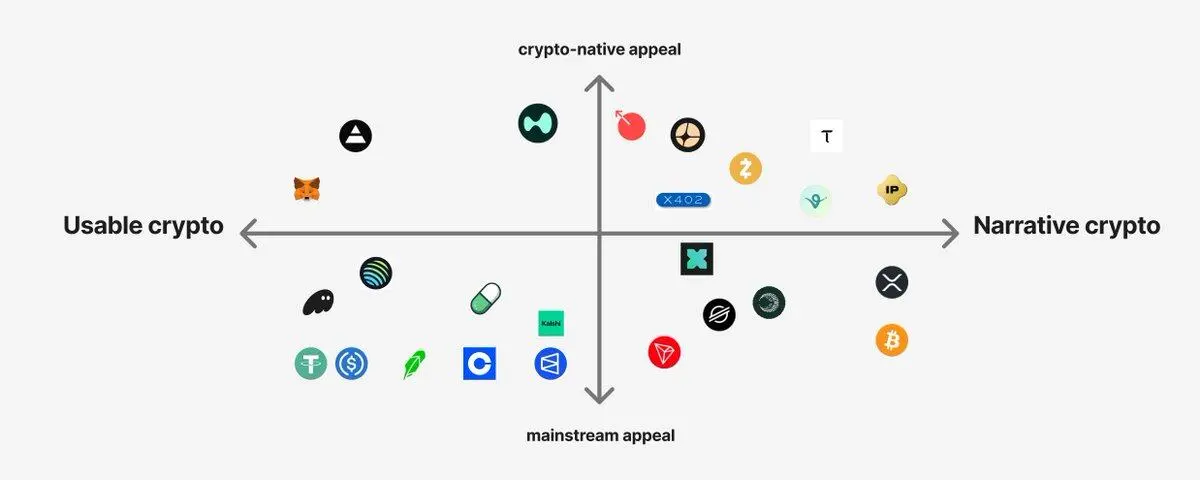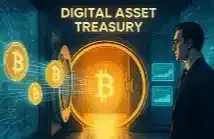Written by: Max.S
On October 25, 2025, the cryptocurrency market witnessed a phenomenal event. The daily trading volume of the x402 protocol, developed primarily by Coinbase, surpassed 150,000 transactions, a staggering increase of 492.63% compared to the previous week. This payment protocol, based on the HTTP 402 status code, attracted the participation of tech giants like Visa, Google, and Cloudflare within just six months, and even spawned the PING token, which has a market capitalization exceeding $20 million. This raises the question: why has a seemingly ordinary technical protocol been able to create such a significant impact in such a short time?
The Unfinished Dream of Internet Payments
The story begins in 1997. When the HTTP/1.1 protocol was established, engineers reserved a special status code—402 "Payment Required." Their vision was simple: the future internet should facilitate payments as easily as it transmits information. However, this forward-thinking idea was shelved due to the technological limitations of the time. Credit card transaction fees were as high as $0.30, making it impossible to support microtransactions of just a few cents; there was a lack of global digital payment infrastructure; and, more importantly, there was no urgent demand for automated payments in the early internet.
Fast forward thirty years, and three technological breakthroughs have finally awakened this dormant dream. The stablecoin market has surged from $4 billion in 2020 to $280 billion, providing a foundation for global payments; Layer 2 solutions have reduced transaction costs to mere cents, making microtransactions feasible; and the explosive growth of AI agents has created a genuine demand for automated payments. Against this backdrop, Coinbase launched the x402 protocol in early 2025, breathing new life into the HTTP 402 status code.
The core innovation of the x402 protocol lies in seamlessly embedding the payment process into the HTTP request-response cycle. When an AI agent or user requests paid resources, the server returns a 402 status code along with payment information (amount, recipient address, etc.). The client automatically completes the on-chain payment using stablecoins like USDC, and upon completion, can re-request to obtain the resource. The entire process requires no human intervention and can be completed in seconds.
Behind this seemingly simple process lies a sophisticated technical design. The x402 protocol employs a strategy of separating "payment intent verification" from "on-chain settlement," ensuring the immediate delivery of services. More importantly, Coinbase provides an official "coordinator" service to handle complex on-chain operations, allowing developers to focus on their applications without worrying about blockchain technical details, significantly lowering the entry barrier. This design ensures both the security of payments and a smooth user experience.
Why Visa and Google Are Betting on x402
The rapid rise of x402 is supported by the collective endorsement of tech giants. Cloudflare, which accounts for 20% of global website traffic, has already supported the x402 protocol, allowing websites to charge fees to AI crawlers. Visa announced that it would interconnect x402 with its own TAP protocol, paving the way for traditional payment networks to access the blockchain world. Google has integrated x402 into its AI agent communication standard AP2, creating a complete ecosystem from service discovery to payment.
The involvement of these giants highlights the strategic value of the x402 protocol. It is not just a payment tool; it is a bridge connecting Web2 and Web3, serving as the infrastructure for the AI economy era. As Coinbase's engineering director Erik Reppel stated, "We are laying the foundation for an economy operated not only by humans but also by software—autonomous, intelligent, and never-ending."
The application prospects of the x402 protocol are broader than one can imagine. In the field of AI agents, it enables agents to autonomously purchase data, computing power, and services. Imagine your AI assistant automatically paying $0.01 to query a weather API and $0.05 to access flight data to help you plan a trip, all without your intervention. In content creation, authors can charge per read, allowing readers to pay just a few cents to read an article, fundamentally changing the current advertising or subscription model.
The API economy is a natural stage for x402. Developers can set precise prices for each API call, achieving true pay-per-use. Data from Dune Analytics shows that the call volume of API services using x402 has increased by an average of 150%, demonstrating the immense potential of this model. In the DePIN (Decentralized Physical Infrastructure Network) field, x402 enables automatic micropayments between devices, providing a new way for value circulation in the IoT economy.
The significance of the x402 protocol goes far beyond being a new payment method. It represents a shift in the internet from an "advertising economy" to a "value economy," offering content creators and developers new monetization avenues. With the proliferation of AI agents, x402 is expected to become the infrastructure for economic activities between machines, giving rise to new business models and economic forms. By October 2025, the daily trading volume of the x402 protocol had exceeded 230,000 transactions, with a market capitalization nearing $800 million. Behind these numbers is a new ecosystem that is emerging. From technical experimentation to commercial application, the evolution of x402 has surpassed many expectations. As noted in a16z's report, x402 far exceeds traditional payment networks in speed, cost, and programmability, and is poised to become the core infrastructure of the AI-driven economy.
The story of the x402 protocol is just beginning. Will it truly reshape the internet economy and become the next generation of payment standards? We shall see. But one thing is certain: when payments become as simple as HTTP requests, the future of the internet will hold infinite possibilities.
免责声明:本文章仅代表作者个人观点,不代表本平台的立场和观点。本文章仅供信息分享,不构成对任何人的任何投资建议。用户与作者之间的任何争议,与本平台无关。如网页中刊载的文章或图片涉及侵权,请提供相关的权利证明和身份证明发送邮件到support@aicoin.com,本平台相关工作人员将会进行核查。




